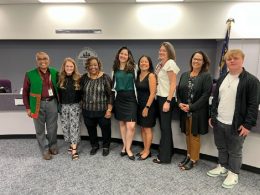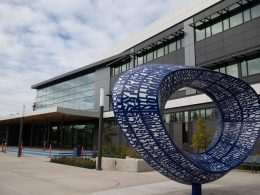Salem, OR — A 25-year-old cold case involving the discovery of skeletal remains in rural Clatsop County is receiving renewed attention thanks to new advancements in forensic technology. With the assistance of a cutting-edge facial reconstruction technique, Oregon State Police are hoping to uncover the identity of a young woman whose remains were found nearly a quarter-century ago.
On November 3, 1999, mushroom pickers discovered human skeletal remains in a remote wooded area off Highway 26 near milepost 29 in Clatsop County. The remains were scattered over a wide area, and a skull and lower jaw, with all the teeth intact, were among the most significant finds. Despite extensive efforts by investigators over the years, the identity of the deceased woman has remained a mystery.
Forensic analysis of the remains indicated the individual was a female between the ages of 16 and 30, standing about 5 feet 2 inches tall and weighing between 108 and 117 pounds. Experts also noted that the woman had likely given birth at some point before her death. Clues about her personal life were found alongside the remains, including clothing items such as a pair of Levi’s blue jeans (size 33×34), a medium-sized black leather jacket, white athletic socks, and a silver peace symbol belt buckle.
While the circumstances of her death remain unclear, investigators have spent years working to identify the woman and solve the mystery surrounding her untimely demise.
Recently, a breakthrough came through the use of facial re-approximation technology. This technique, developed by Parabon NanoLabs in collaboration with Oregon State Police Forensic Anthropologist Dr. Nici Vance, analyzes an individual’s genetic phenotype to create an image of what the person may have looked like when alive. The new illustration, based on DNA extracted from the remains, is expected to renew public interest in the case and provide a fresh avenue for identification.
Dr. Vance, who has worked on the case since 2006, believes this latest development could be crucial in solving the mystery. “We hope that with this new facial reconstruction, someone will recognize her or have information that could help us uncover her identity,” said Vance in a recent interview.
The new rendering, which is based on the woman’s genetic profile, presents a lifelike image that could be key to unlocking new leads. Authorities are hopeful that the updated image will jog someone’s memory or spark a tip that can help connect the woman’s remains to a missing person report or a family who may be searching for answers.
Despite the many years that have passed, investigators remain committed to solving the case. The Oregon State Police have worked with forensic experts, including Parabon NanoLabs, to push the boundaries of what was once possible in criminal investigations. The latest technology, which combines traditional forensic anthropology with genetic analysis, represents the cutting edge of efforts to identify unknown victims.
Anyone with information related to the case is urged to contact the Oregon State Police or local law enforcement. Authorities hope that with renewed attention and the power of new technology, they can finally bring closure to this long-unsolved mystery.
As the investigation continues, the hope is that this young woman, whose life was tragically cut short, will soon be identified and her case brought to a rightful resolution.











